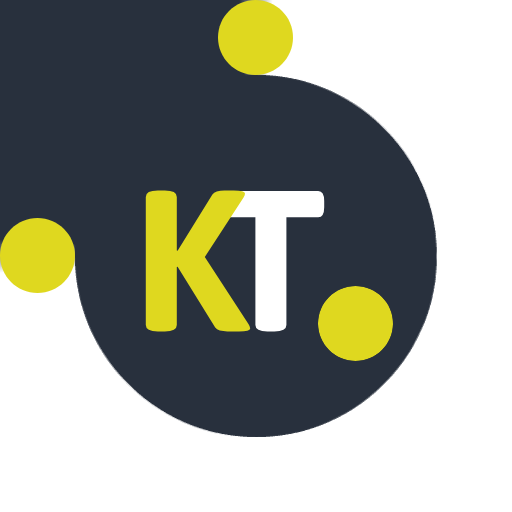
Creating passive income streams is an appealing goal, especially for those with expertise in WordPress development. With a modest time investment of 2 hours per day and a budget of $2,000, you can implement a structured plan to leverage your skills and create sustainable income. This plan will focus on niche selection, product development, marketing, and scaling your efforts.
Week 1-2: Niche Selection and Market Research
Action Steps:
- Niche Research:
- Start by reflecting on your interests and expertise within the WordPress ecosystem. Consider niches such as Elementor enhancements, advanced media management, web fonts, or other specific areas where you can add value. Use the targeted questions from earlier to narrow down your focus.
- Competitor Analysis:
- Identify competitors in your chosen niche. Look at their strengths, weaknesses, and pricing models. Tools like Ahrefs or SEMrush can help you analyze their traffic and SEO strategies, giving you insight into what works.
- Set SMART Goals:
- Establish clear, measurable goals for your passive income journey. For example, aim to generate $1,000/month by the end of month 6. This specificity will guide your efforts and keep you motivated.
Time Investment:
- 1 hour: Research and brainstorm potential niches.
- 1 hour: Conduct competitor analysis and validate your market.
Budget Use:
- $0: This phase focuses solely on research and planning.
Week 3-4: Product Development (Plugins or Digital Assets)
Action Steps:
- Decide on Product Type:
- Choose a product to develop based on your niche research. This could be a WordPress plugin, digital course, or a resource pack like Elementor templates or WordPress themes.
- MVP (Minimum Viable Product) Development:
- Start developing a simple, valuable product that focuses on core features. This will allow you to launch quickly and gather user feedback.
- Outsource if Needed:
- If you’re not confident in certain aspects of development (e.g., design or advanced coding), consider outsourcing these tasks. Use platforms like Upwork or Fiverr to find skilled freelancers.
Time Investment:
- 1.5 hours/day: Focus on product development.
- 0.5 hours/day: Research outsourcing options and potential freelancers.
Budget Use:
- $500: Allocate for design work, code review, or additional development assistance.
Week 5-6: Launch & Website Optimization
Action Steps:
- Optimize Your Website:
- Ensure that your product site is SEO-friendly, with a clear layout and compelling sales pages. Use plugins like Yoast SEO to enhance your site’s search visibility.
- Beta Launch:
- Release a beta version of your product to a small audience, such as friends or colleagues. Collect their feedback to refine the product before the official launch.
- Add Payment Options:
- Integrate e-commerce functionality on your website using WooCommerce or Gumroad to facilitate easy transactions.
Time Investment:
- 1 hour: Optimize your website and set up e-commerce features.
- 1 hour: Conduct beta testing and collect user feedback.
Budget Use:
- $200: For website hosting, premium themes, or additional plugins needed for functionality.
Week 7-8: Marketing & Content Creation
Action Steps:
- Content Marketing:
- Start writing blog posts or creating tutorials about your product or relevant WordPress topics. This will drive organic traffic to your site and establish you as an authority in your niche.
- Email Marketing:
- Set up an email marketing campaign using services like Mailchimp to capture leads. Send updates and information about your product to keep potential buyers engaged.
- Leverage Social Media:
- Use platforms like Twitter, LinkedIn, and Facebook to share product updates, blog posts, and tutorials. Engage with your audience and respond to comments or inquiries.
Time Investment:
- 1 hour: Write blog posts or record tutorials.
- 1 hour: Engage in social media marketing and manage your email outreach.
Budget Use:
- $300: Allocate for paid social media ads or sponsored content to generate initial traction.
Week 9-12: Automation & Scaling
Action Steps:
- Automate Marketing:
- Utilize tools like MailChimp for email campaigns and Hootsuite for social media scheduling. This will save you time and allow you to focus on scaling your efforts.
- Affiliate Marketing:
- Establish an affiliate program for your product. This will encourage others to promote your offerings in exchange for a commission, broadening your reach.
- Optimize Based on Analytics:
- Use Google Analytics and other analytics tools to track conversions, traffic, and user behavior. Adjust your marketing strategies based on this data to improve results.
Time Investment:
- 1 hour: Analyze data and optimize your marketing efforts.
- 1 hour: Engage with your community, respond to queries, and refine product features based on feedback.
Budget Use:
- $500: Continue funding ads, invest in SEO tools, or offer affiliate commissions to incentivize promotion.
Ongoing Efforts (Months 3-6)
Action Steps:
- Create Additional Revenue Streams:
- Once your first product is running smoothly, consider creating another plugin or digital product within the same niche. This will diversify your income sources.
- Expand Content:
- Grow your blog, YouTube channel, or create a paid membership site for exclusive WordPress resources, which can provide ongoing revenue.
- Diversify Marketing:
- Explore collaborations, partnerships, or influencer marketing to enhance traffic and sales.
Time Investment:
- 1 hour/day: Maintain your product, continue content marketing, and engage with your customer base.
- 1 hour/day: Dedicate time to developing new products or improving existing ones.
Budget Summary:
- Initial Development & Outsourcing: $500.
- Website Setup & Hosting: $200.
- Marketing & Ads: $300 for initial launch and $500 for ongoing ads and marketing tools.
- Remaining $500: Allocate this for further development, marketing efforts, or additional resources as needed.
Conclusion
By dedicating just 2 hours a day and strategically allocating your $2,000 budget, you can effectively create multiple passive income streams within the WordPress ecosystem. This structured plan not only allows for product development and marketing but also emphasizes the importance of scalability and automation. Stay committed to your goals, continually adapt based on market feedback, and you’ll be well on your way to generating sustainable passive income. Does this plan resonate with your objectives?


